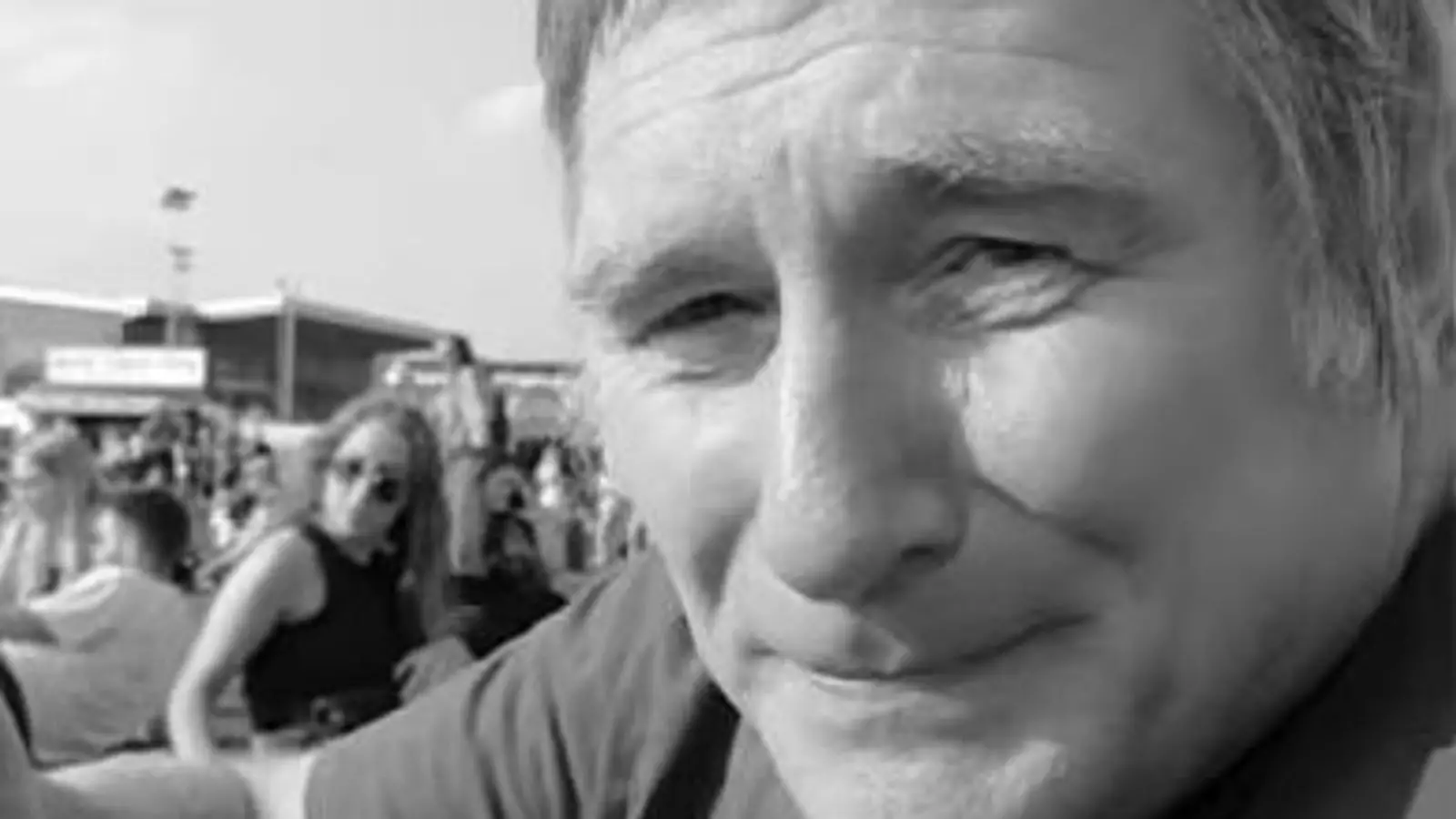The recent events surrounding the death of Mark Townsend, a 57-year-old West Bromwich Albion supporter who fell ill during a Championship match at Sheffield Wednesday’s Hillsborough Stadium, have sparked a crucial conversation about medical emergencies in sports venues. This incident has not only saddened the football community but also raised questions about the effectiveness and speed of emergency medical response protocols in packed stadiums.
Mark Townsend’s death has cast a shadow over what should have been a day of camaraderie and sport. Falling ill in the stands, he required immediate medical attention, and unfortunately, despite the rapidity of the response, the outcome was tragic. Sheffield Wednesday has come under scrutiny regarding the efficacy of their emergency services, as fans and media alike have expressed concerns over whether sufficient measures were in place to address such emergencies effectively.
In the wake of this tragedy, both Sheffield Wednesday and West Bromwich Albion have taken steps to honor Mr. Townsend’s memory. During a subsequent match against Middlesbrough, West Bromwich Albion players wore black armbands in memory of their loyal fan, and spectators participated in a moment of applause, demonstrating a shared sense of loss and community. Such tributes serve both as a recognition of Townsend’s life and as a reminder of the fragility of life, particularly in high-energy environments like football matches.
Mark’s brother, Steve Townsend, publicly expressed gratitude towards West Bromwich Albion and their fans for the tribute, highlighting the importance of such gestures in times of grief. His reflections point to the deeply interconnected nature of football fan communities, transcending rivalries and showcasing a profound sense of support. Moments like these remind us that football is more than just a sport; it’s a community and family bound by shared experiences, both joyous and heartbreaking.
Sheffield Wednesday released a statement addressing the incident, asserting that advanced paramedic care was on the scene within three minutes after the control room was notified and just over a minute after the nearest steward reported the emergency. This timeline indicates that the club had protocols in place, yet it does not alleviate the concerns or grief following such an unfortunate event.
Moving forward, a review is ongoing to determine the circumstances leading up to Mr. Townsend’s death. The club has committed to cooperating fully with the coroner’s investigation and any further examination of their medical response systems. However, there is an overarching sense that the systems in place may need to be scrutinized more closely to ensure that no stone is left unturned in making stadiums safer for all attendees. This is particularly crucial as football matches pull in crowds that can exceed tens of thousands, where medical incidents can occur without warning.
The presence of emergency medical services in stadiums is essential, and while responses may be prompt, the tragic outcome in Mr. Townsend’s case serves as a wake-up call for clubs across the board. Safety should always be at the forefront of any sporting event, with clubs needing to continuously evaluate and improve their emergency procedures.
As the football community reflects on this tragic incident, it becomes clear that the conversation surrounding stadium safety and emergency medical preparedness must continue. The lessons learned will be invaluable in shaping future policies and measures to ensure that the enjoyment of the game does not come at the risk of safety. Ultimately, our hearts go out to Mr. Townsend’s family, and the hope remains that proactive changes will pave the way for a safer environment in sports, preventing such tragic losses in the future.

Leave a Reply